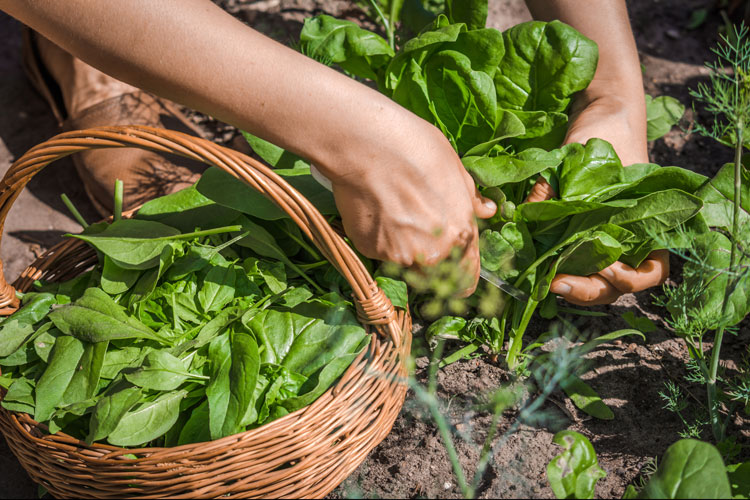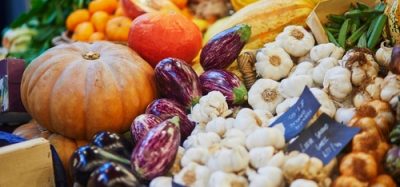NIRS is saving farmers time and money in quality assessment
- Like
- Digg
- Del
- Tumblr
- VKontakte
- Buffer
- Love This
- Odnoklassniki
- Meneame
- Blogger
- Amazon
- Yahoo Mail
- Gmail
- AOL
- Newsvine
- HackerNews
- Evernote
- MySpace
- Mail.ru
- Viadeo
- Line
- Comments
- Yummly
- SMS
- Viber
- Telegram
- Subscribe
- Skype
- Facebook Messenger
- Kakao
- LiveJournal
- Yammer
- Edgar
- Fintel
- Mix
- Instapaper
- Copy Link
Posted: 30 September 2020 | Mandy Parrett (New Food) | No comments yet
Researchers in Spain are applying a rapid non-invasive technique for assessing the quality of fresh spinach ‘in the field’ saving both time and money.


Traditional methods for determining quality parameters for fresh fruits and vegetables are slow, costly and destructive; usually requiring laboratory analysis with several tests meaning that harvests can be wasted. However, scientists at the University of Cordoba in Spain are working to overcome these challenges by using a non-invasive technology: near infrared spectroscopy (NIRS).
NIRS is an established technique in numerous industries – including pharmaceutics, chemistry and food. It is useful in the food industry for composition analysis and detecting food fraud, but now scientists are turning its hand for quality assessment of fresh produce; specifically, spinach.
“This technique is based on light interacting with a product in order to gather information about its physical-chemical make-up, its structure and even parameters related to its sensorial characteristics,” explains researcher Dolores Pérez Marín who, along with María Teresa Sánchez, leads a line of researchers studying the use of NIRS sensors as applied to fruit and vegetables.
Two research groups have collaborated on this line of research for several years, but this particular study was carried out for Irina Torres Rodríguez’s doctoral thesis research, in partnership with industry.
NIRS to establish prediction models
The aim of their study was to develop prediction models for parameters linked to the quality and safety of spinach, by means of using a portable NIRS micro instrument. The instrument is very small, allowing them to analyse the product directly in the field, as well as at the various reception and processing points the product passes through.
“The results are very positive,” says Marín. “They show this technology’s ability to directly analyse vegetables in the farm, field or within the industry, in order to determine the characteristics related to quality as well as food safety.”
To assess quality, the spinach’s soluble solid content was studied, enabling them to plan the best harvest date for when optimum conditions are reached. They also analysed nitrate content to ensure that farmers set appropriate fertiliser amounts for each crop. This is key from a food safety perspective, given that European regulations have established a nitrate limits for vegetables, depending on the use – ie, for baby food, further processing, or fresh consumption.
The researchers are confident that NIRS meets many of the food industry’s needs related to quality control, particularly in light of its speed, accuracy, affordability and being non-destructive. A particular feature that the team feel will benefit the sector is NIRS’s non-directed nature, explaining that it does not look for a particular component, as traditional lab analyses do, but rather tries to see if the product differs from set standards. This enables a far wider remit of information to be gathered from a single reading. Their research continues.
Related topics
Food Safety, Health & Nutrition, Ingredients, Research & development, Spectroscopy, Supply chain, Technology & Innovation
Related organisations
Related regions
Related people
Dolores Pérez Marín, Irina Torres Rodríguez, María Teresa Sánchez








